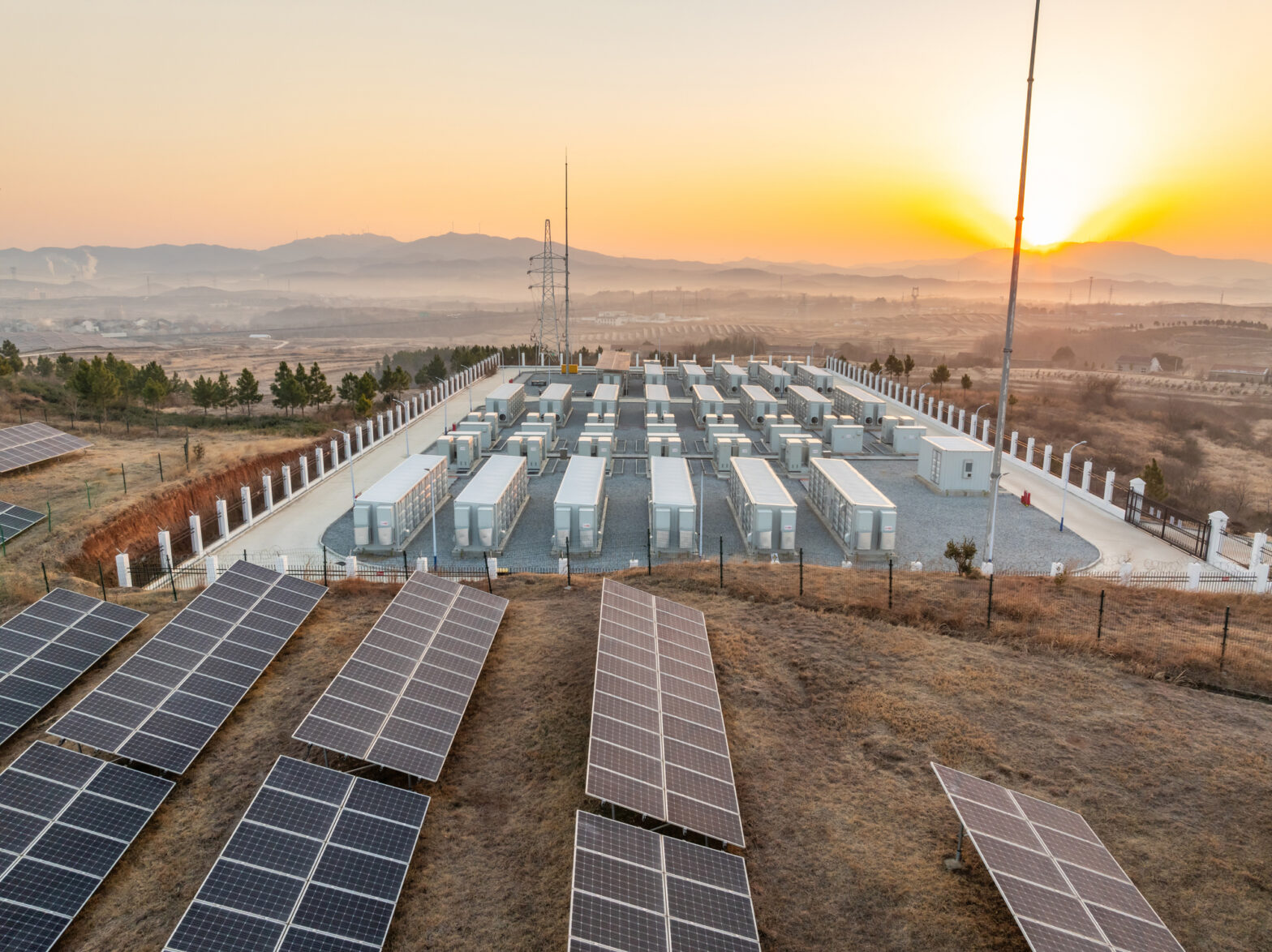Home Energy Management (HEM) is a phrase that gets used a lot given utilities’ increasing focus on the customer, as well as the growth of the smart home, but what does it really mean? Navigant defines HEM as,“a broad market of technologies and services that consumers use to better manage and control their home energy consumption and production. With the development of the smart home, energy management has become a critical part of the digitization of the home.” According to Navigant, HEM includes products like Home Energy Reports (HERs), digital tools for consumption trends, automatic device control, and networked HEM from systems like a Distributed Resource Management System (DRMS). Adjacencies to this definition of HEM include account management tools, as well as products and services, like warranty programs, smart home devices, and EVs / distributed generation.
HEM is becoming increasingly important to utilities, but Uplight has found that champions of HEM lack tools to get organizational buy-in. Uplight’s HEM Maturity Model was created in a workshop session with Uplight’s Advisory Board of utility executives to give utility clients a tool to describe, “where you are and where you want to go” to stakeholders–including customers, regulators, employees, and shareholders. Uplight created the model to provide utilities with clear justification for stakeholders and to help unify efforts across silos.
Where does HEM fit? As utility strategy evolves from asset-based to customer-centric, legacy customer systems, like Customer Information Systems (CIS) fall short of providing the functionality for a rapidly evolving set of utility and customer needs around customer satisfaction, energy efficiency, and new revenue in the digital era; HEM enables utilities to bridge this gap.
Why do utilities need HEM? The North American utility business model is facing disruption and utilities need HEM to achieve customer and energy management goals, manage the threat of unregulated renewables and distributed generation disintermediation, leverage investments in AMI, provide employee opportunities, box out new competitors like Arcadia Power, and activate diversified growth / new revenue streams.
Utilities are looking to diversified growth to drive earnings. We’ve seen examples of innovative generation replacement, like Xcel Energy’s “Steel for Fuel” strategy, an increased focus on O&M efficiency to achieve earnings growth targets in the face of flat / declining load growth, and technological solutions, like machine learning for wind turbine optimization. Then, there’s diversified growth, which utilities are pursuing both organically and through M&A. Some examples of this include American Water’s acquisition of Pivotal Home Solutions, Enel’s acquisition of EnerNOC, and Southern Company’s acquisition of PowerSecure. We’ve also seen organic diversified growth efforts around residential solutions, energy efficiency, and demand response – where HEM fits in – as well as communications and connectivity, lighting services, and more. And, this diversified growth is already driving earnings at certain utilities, where we’ve seen examples of ~1% to ~11% earnings contribution from diversified growth, with plans to scale these businesses 2x+ to 6x over the next 4 to 5 years.
Uplight’s HEM Maturity Model breaks down HEM maturity into 5 categories, broadly corresponding with pilot, maturing and scale HEM efforts:
The Home Energy Management (HEM) Maturity Model
Here are the key Attributes of Home Energy Management (HEM) maturity informed by a workshop with utility executives.

- Programs comprised of small, opt-in groups
- “Shotgun approach” to business innovation, including experiments with price signals
- Outsourced technology development and program operations

- Utility offers helpful HEM programs to achieve policy goals
- HEM used for peak load management and grid security
- Disconnected point solutions from many technology vendors

- Stakeholder buy-in
- Workable regulatory environment with earnings mechanisms
- Customer awareness and uptake of HEM, boosted by evolving digital experience
- Business innovation groups formed
- Move to consolidate technology vendors

- Stacking several types of earnings mechanisms
- Many customers have engaged beyond paying the bill
- “Futureproofing” plans, such as EV solutions, DG / microgrids, NWA projects, renewables integration with EE / DR
- Consistent customer experience and set of customer journeys across vendors

- “Regulatory sandbox” drives meaningful diversified growth business mix
- Modernized customer experience, including subscription pricing and significant 3rd-party product sales
- HEM is integral part of power system via DERMS / VPPs
- Enterprise integration of HEM technologies with CIS / CRM and other systems





